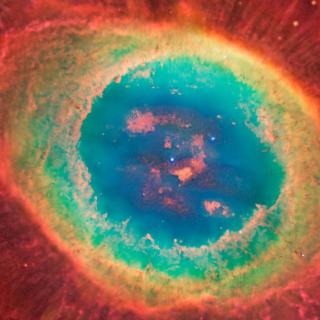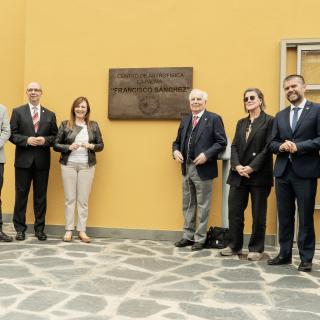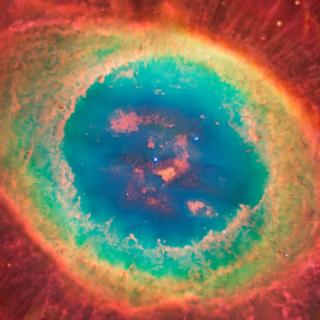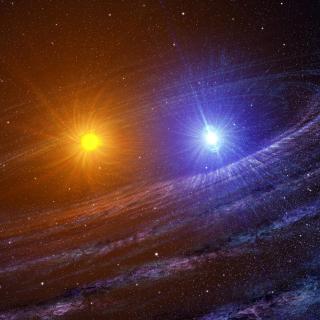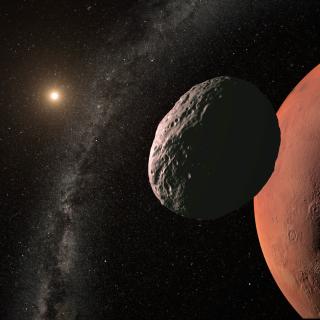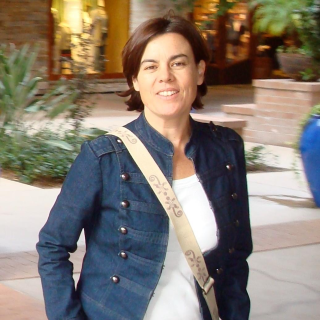
The American Astronomical Society (AAS) and its Solar Physics Division (SPD) sponsors an Honorary Prize in memory of Irene González Hernández (La Orotava, Tenerife, Spain, 20 October 1969 - Tucson, AZ, 13 February 2014), a solar physicist who completed her doctoral thesis at the Instituto de Astrofísica de Canarias (IAC). This prize will be awarded annually to a scientist for a significant contribution to the study of the Sun in a person’s mid-career. The recipient will be invited to deliver a González Hernández Prize lecture at a meeting of the Division and/or the Society. The prize-winner
